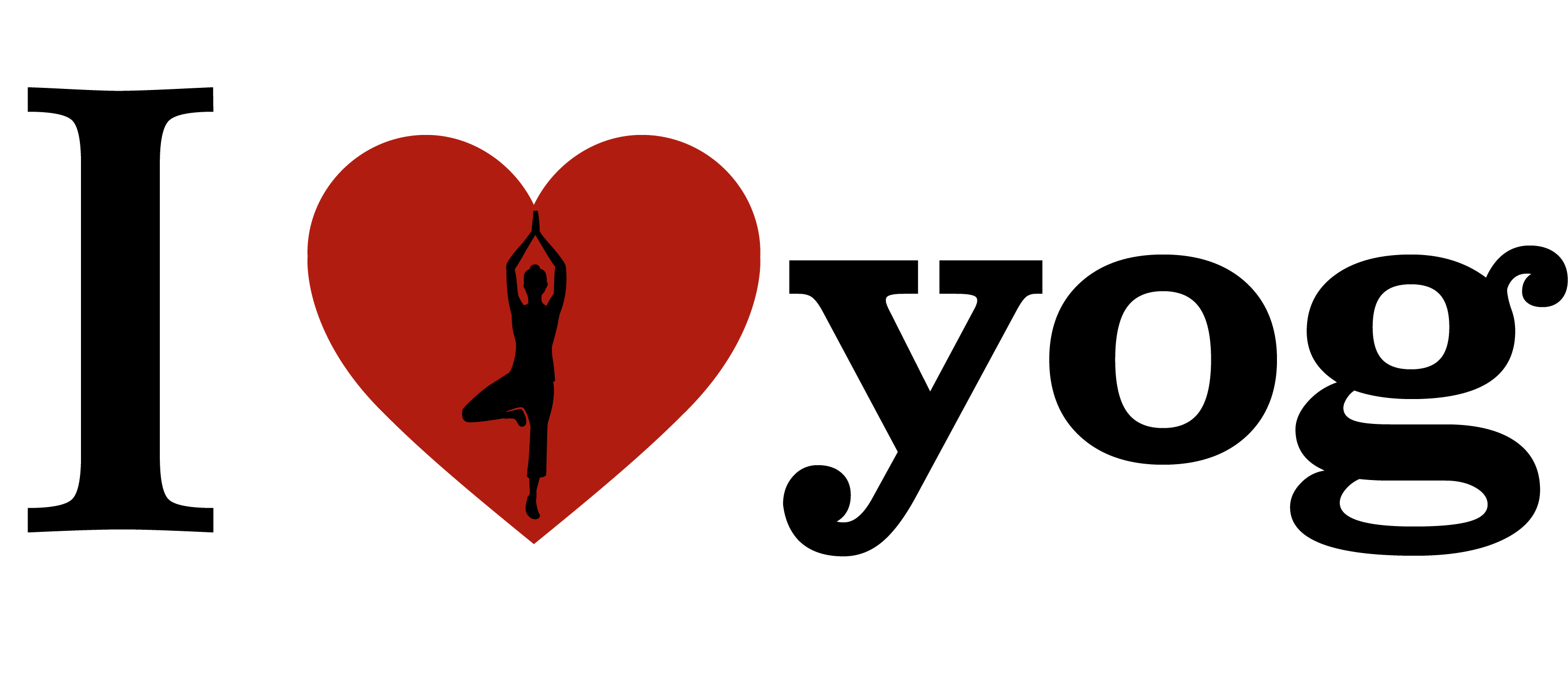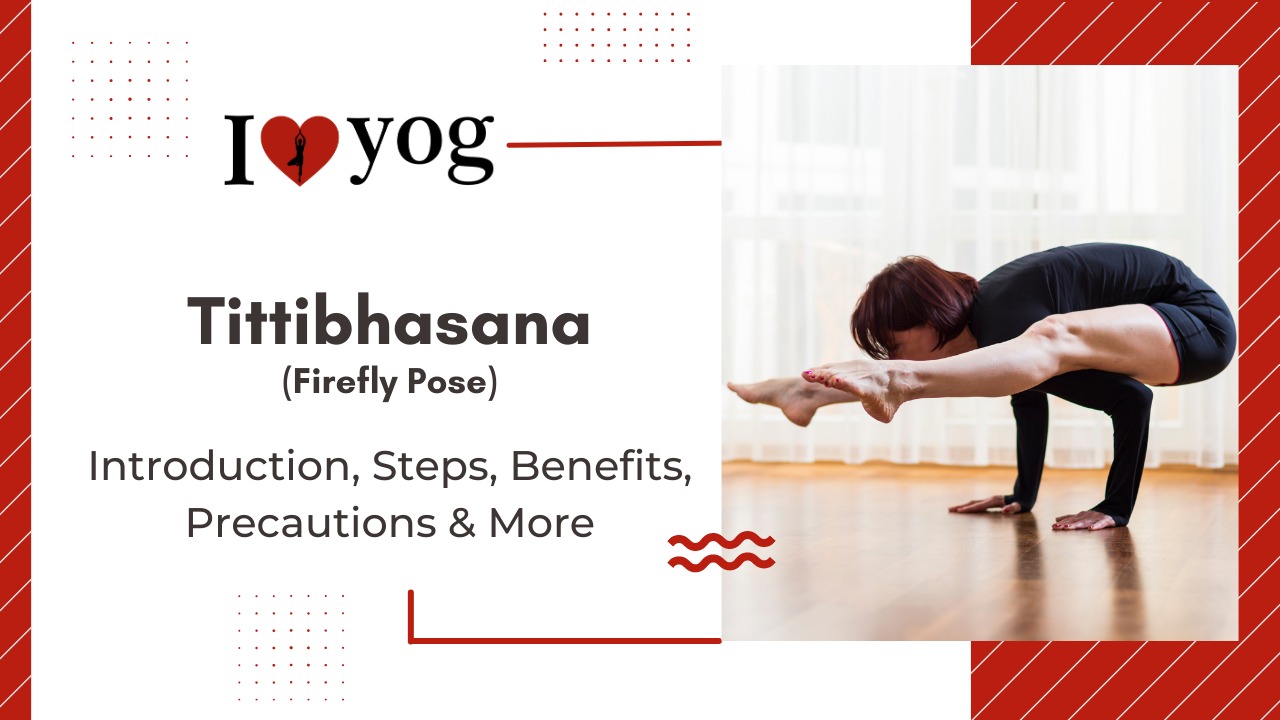What You Must Know Prior to Performing Tittibhasana Asana?
Preparation guidelines are essentially the same to those for all other Ashtanga yoga asanas. This asana must be performed on an empty stomach. This requires you to have meals four to six hours before to beginning this stance. This will allow your food to be digested in the interval between eating and doing an asana. It will also provide you with sufficient energy to perform Tittibhasana asana easily.
Additionally, you should ensure that your bowels and bladder are empty and clean before practising this pose.
This asana offers several benefits if practised in the early morning, which is the optimal time to perform it. If you were unable to perform this asana in the morning owing to a hectic schedule, you can certainly perform it in the evening.
Preparatory poses
- Uttanasana (Standing Forward Bend)
- Plank Pose
- Chaturanga Dandasana (Four-Limbed Staff Pose)
- Malasana (Garland Pose)
- Garudasana (Eagle Pose) (arms only)
- Bakasana (Crane Pose)
- Baddha Konasana (Bound Angle Pose)
- Prasarita Padottanasana (Wide-Legged Forward Bend)
- Upavistha Konasana (Wide-Angle Seated Forward Bend)
- Yogasana Level – Advanced
- Yogasana Style – Sitting type
- Yogasana repetitions – None
- Yogasana strengthens – Core, shoulders, and arms.
- Yogasana Strengthens – Adductors or hamstrings, gluteus maximus, piriformis, and other external rotators.
Tri dosha and the effect of Tittibhasana
Tittibhasana’s Effect on Doshas and Subtypes
Tittibhasana successfully balances the Prana Vayu and Udana Vayu and promotes mental tranquilly. It also helps us maintain a healthy equilibrium.
The abdominal organs are massaged effectively by Tittibhasana due to the benefits of stretching and strengthening the abdominal muscles. It stimulates digestion and maintains a balanced metabolism. By balancing the intestinal doshas involved for digestion, namely Samana Vayu and Pachaka Pitta, Tittibhasana promotes efficient digestion.
Influence on Chakras
Tittibhasana calms and balances the Manipura Chakra, or the third chakra found around the navel, which is the pitta and fire region. It’s also known as the Solar Plexus. By activating this chakra, the asana fosters self-assurance, self-control, emotional equilibrium, and contentment in the practitioner. This Chakra (Manipura) is powered by Tittibhasan, which increases the strength of self-awareness and emotional control.
How To Do Tittibhasana Yoga Posture/Asana?
Arrangement for the Asana
Begin with the downward-facing dog pose (Adho Mukha Svanasana). In this pose, you bend forward by extending your arms and resting your hands (palms) on the ground while staring at the floor or the front of your lower limbs.
Performing and achieving Padmasana
- Once in Adho mukha svanasana, walk your feet in front of your hands till your hands are in front of your feet. Alternately, you can walk your hands backwards on the floor and send them gradually into the space between your feet, so that your right hand is placed behind your right foot and your left hand is placed behind your left foot, with the fingertips of both hands pointing toward or touching the back portion of your heels.
- Allow your hands to pass through your legs and press them against your calf muscles to crawl deeper through your legs.
- Squeeze your thighs against your upper arms to expand and grow taller.
Release from the asana and return to the starting position
- Maintain this position for a few seconds.
- Gradually disengage by lowering your lower extremities to the floor and placing your feet on the ground.
- Extend your knees gradually and detach them from the top of your shoulders. Raise your pelvis.
- Move your hands gradually into the space between your legs and assume downward-facing dog position.
- Raise and stand gradually.
- Breathe easily and unwind.
One may hold Tittibhasana for 30 to 60 seconds at a time.
Benefits Of Tittibhasana Yoga Posture/Asana?
- Tittibhasana stretches the back torso and inner groynes effectively.
- The asana strengthens the arms and wrists.
- Firefly Pose tones and strengthens the abdomen, hence enhancing digestion.
- Tittibhasana soothes the mind and enhances a sense of equilibrium.
Contraindications And Cautions Regarding the Pose/Asana?
- Shoulder Damage
- Elbow fracture
- Wrist Ailment
- Lumbar spine injuries
What Is the Science Behind Titibhasana Pose/Asana?
Firefly Pose, or Titibhasana, is an arm-balancing position that needs a great deal of arm and core power. It is considered an advanced yoga asana that tries to develop general balance.
Tips For Beginners Regarding Tittibhasana Posture/Asana?
Beginner’s tip
You can imitate this stance while improving arm strength by sitting on the floor with your legs extended at a ninety-degree angle. Raise each heel onto a block and push the palms of your hands onto the floor between your legs.
These guidelines will safeguard your students from damage and maximize their experience with the pose:
It is essential to warm up before performing this pose. Encourage students to perform a few rounds of Sun Salutation to warm up their legs, hips, and core. After completing Downward-Facing Dog Pose, instruct them to assume Cat-Cow Pose. Then instruct them to incorporate Anjaneyasana (Low Lunge), Parivrtta Parsvakonasana (Revolved Side Angle Pose), and High Lunge into their Sun Salutation vinyasa. Invite them to hold Malasana (Garland Pose) for 5–10 breaths after the final Down Dog in the final round of Sun Salutations to open their lower back and spine.
Shoulder, elbow, wrist, or low back ailments necessitate that students avoid or modify this pose, or take a version such as the one below.
Advanced Changes in Pose
As with the majority of yoga positions, there are strategies to make it more accessible while learning it and to deepen it once you have mastered it.
Need an Alteration?
If you can lift your feet off the floor but are unable to straighten your legs, try crossing your ankles in front of you. Here we see Arm Pressure Pose (Bhujapidasana). It also helps you gain a sense for how tightly your legs must embrace your arms in both stances.
Willing to Accept a Challenge?
As soon as your arms and legs are straight, you can begin to modify the stance somewhat. Remove the forward lean from your torso by shifting your weight back and assuming a more upright position. As your toes begin to point toward the ceiling, your legs will accompany you. It requires considerable core power not to fall back and end up sitting on one’s buttocks.
Transition from Firefly Pose to Crow Pose by bringing your legs behind you and resting your knees on your upper arms. Then jump back to Chaturanga. This sequence is from the second series of Ashtanga.
Related Yoga Poses/Asanas –
- Counter poses
- Uttanasana (Standing Forward Bend)
- Adho Mukha Svanasana (Downward-Facing Dog Pose)
Reference:-


